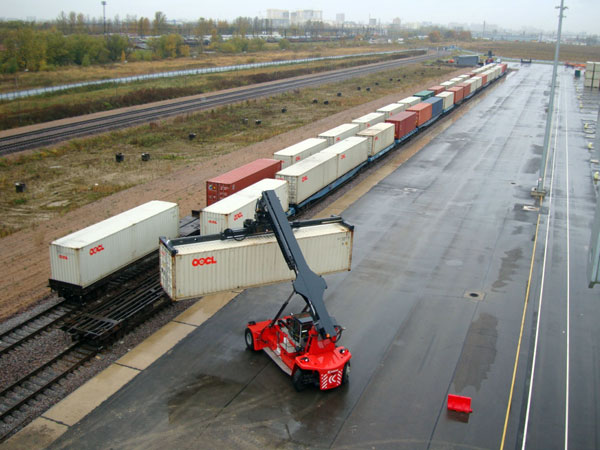Transit sulfur
(granular Sulphur, lump Sulphur) Transit sulfur
Turkmenistan sulphur, Uzbekistan sulphur
We are an international trade manufacturing group focusing on strategic products based on oil, gas and petrochemicals, and based on the fact that Iran shares a border with Uzbekistan and Turkmenistan has a trade route with a trading partner in its neighborhood, with its high capabilities in Its transit and rail route has tried to transit sulfur (granular Sulphur, lump Sulphur) from Uzbekistan sulfur (granular Sulphur, lump Sulphur) and Turkmenistan sulfur (granular Sulphur, lump Sulphur) with a competitive price and high capability.
In fact, despite having a personal transport company and having a private area in Bandar Abbas, we are privileged to supply sulfur (granular Sulphur, lump Sulphur) in low and high tonnages or in containers and bulk in vessel, which is one of our outstanding advantages and features.
Sulfur transit Uzbekistan and Turkmenistan
The Given that Turkmenistan and Uzbekistan have been our gateway to Central Asia to date, the Sarakhs border is a major part of transit and rail freight trade due to its history, better infrastructure and proximity to Central Asian countries and the Bandar Abbas railway route. It is between Iran and those countries. Due to these characteristics, the transit of sulfur (granular sulfur as well as lump sulfur) from Uzbekistan and Turkmenistan, as well as fuel shipments from these two countries has increased.
Turkmenistan is rich in hydrocarbon resources. According to official figures, Turkmenistan’s resource base is approximately 71.64 billion tons of oil equivalent, including 53 billion tons located in onshore fields and 18.21 billion tons in the Caspian Sea. The BP Statistical Review of World Energy 2020 indicates that Turkmenistan has 600 million barrels of proven oil reserves and 19.5 trillion cubic meters in proven reserves of natural gas. According to the same report, Turkmenistan produced 63.2 bcm of natural gas in 2019; of that, Turkmenistan consumed 31.5 bcm domestically and exported 31.6 bcm to China. Oil production in 2019 reached 264,000 barrels per day. Turkmenistan consumes roughly 60 percent of its oil production domestically and exports the remainder over the Caspian Sea to world markets. The Turkmenbashy Complex of Oil Refineries and the gas-to-gasoline plant in Ahal province produce liquefied petroleum gas (LPG)
The Uzbekistan’s hydrocarbon reserves are significant; according to local industry officials, total primary energy reserves (proved and projected) amount to 5.5 billion tons of oil equivalent (toe), including 1.5-1.6 billion toe of natural gas, 245 million toe of oil and up to 3.3 billion toe of coal. The industries contribute about 12% to the GDP of the country, over 15% to the state budget earnings, 14% of export earnings, and employing nearly 180 thousand people. Uzbekistan is the second largest natural gas producer in Central Asia. Accordingly, energy issues remain a high priority in President Mirziyoyev’s agenda. Despite a breakthrough in improving energy cooperation with regional neighbors, interrupted and insufficient electricity and gas supplies remain an issue.
